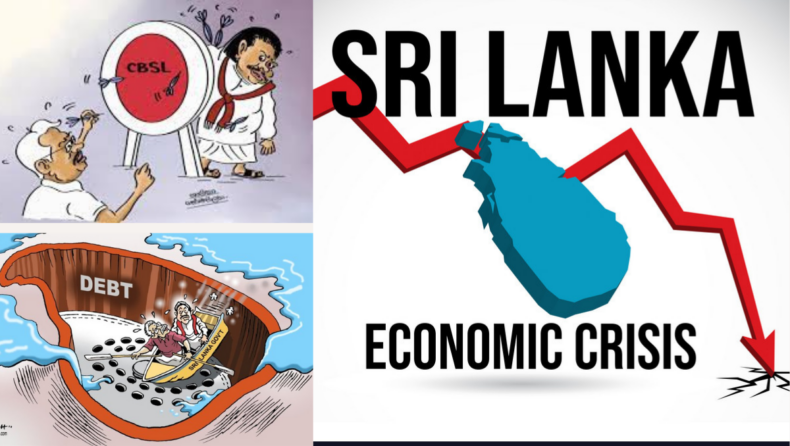Discussions between The International Monetary Fund and Sri Lanka on a possible loan programme are still in the early stages.

Despite increasing risks, Rajapaksa’s administration and the Central Bank of Sri Lanka (CBSL) have resisted requests from experts and opposition leaders to seek assistance from the IMF. However, with rising oil prices in the event of Russia’s invasion of Ukraine in late February, the government devised a way to approach the IMF in April.
Discussions between The International Monetary Fund and Sri Lanka on a possible loan programme are still in the early stages, and any agreement would require “sufficient assurances.” According to the IMF, Sri Lanka’s debt is unsustainable, and it must restore debt sustainability before receiving any additional aid.
The discussion
Masahiro Nozaki, IMF Sri Lanka Mission Chief, informed that IMF Managing Director Kristalina Georgieva and Sri Lankan delegations have discussed lending options and policy plans. “The discussions are still at an early stage,” Nozaki said.
On Tuesday, after protests against shortages of fuel and other essential items turned violent, Sri Lanka’s finance minister formally asked the IMF for an RFI. RFI is Rapid Financing Instrument loan for countries in need of support for balance of payments urgently.
Last month, IMF staff found that Sri Lanka’s debt was unsustainable in an annual economic review, and that the country needed to take actions to restore debt sustainability prior to receiving any IMF funding, including the emergency RFI.
A restructuring or reprofiling of public loans is often required to restore financial sustainability, which in Sri Lanka’s unsustainable debt case would require cooperation from China, one of the country’s main bilateral creditors.
In other news
Since Sri Lanka is not eligible for an RFI due to its unsustainable debt, India is assisting the island country in obtaining an Extended Fund Facility (EFF) that includes more reforms. The EFF offers long-term disbursements as well as reforms to return the country to a path of sustainable growth and debt reduction.
Published by – Mohit Maurya
Edited by – Samiksha Dashore












